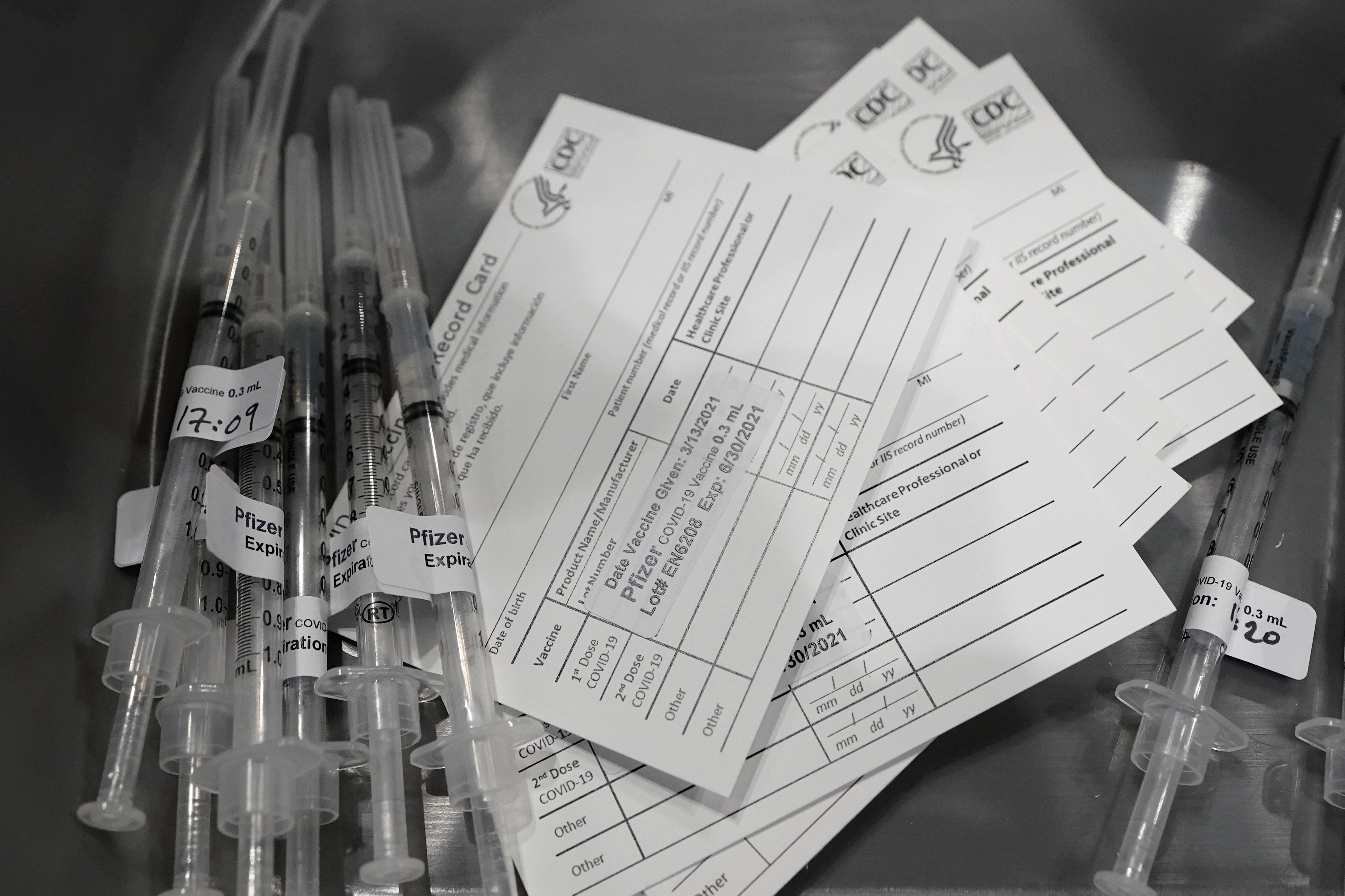*Editors note: This story has been updated to include new information from the Florida Dept. of Children and Families and further response from the Florida Department of Agriculture*
TAMPA, Fla. (WFLA) — Across the United States, the U.S. Department of the Treasury reported 510,000 households were helped and $2.8 billion distributed in September by Emergency Rental Assistance Program funds. Some Florida officials fear the state could lose $660 million in unused funds.
The first ERA program, funded by the Coronavirus Relief Fund created through the Coronavirus Aid, Relief, and Economic Security Act, gave Florida $1.44 billion. The funding was shared between the state government, administered by the Florida Department of Children and Families, and municipalities to manage on their own.
ERA2, the second set of rental assistance money, was funded by the American Rescue Plan Act. It gave Florida another $526.6 million to Florida, also shared between the state and local governments.
The Treasury Department reported that there have been more than two million payments made to households in need and more than $10 billion spent from January to September. State and local governments administered most of the money through various programs set up to control how it was spent.
Intended as a measure to prevent evictions and provide financial aid to families as jobs ended and businesses closed, states were supposed to submit plans to the Treasury Department for how they would use the funds by Nov. 15, if they had not obligated a certain amount of the funds.
Florida had spent roughly $648.8 million from the portion given to the state’s government for distribution and for municipalities from the ERA1 funding, as of October. It’s about 45% of the overall money awarded to the state, putting it into an uncertain future due to rules on funding reallocation set by the CARES Act.
The Treasury released a reminder about those rules on Oct. 4.
“Grantees that have not obligated at least 65% of their ERA1 funds – a measure that captures both spent and committed funds – must submit a program improvement plan. Grantees under the 65% obligation threshold must submit a program improvement plan by November 15 that identifies how they will accelerate their delivery of assistance to eligible tenants and landlords,” the Treasury directed.
Recent reports from Florida Politics say it was not only unknown if a plan had been submitted, but questioned if a plan had ever even been drafted.
Based on new information provided by DCF, the reports on the lack of a plan are incorrect.
A program improvement plan was submitted to the Treasury by DCF on Nov. 15. The DCF plan notes that as of Nov. 15, 42% of the ERA1 funds had been distributed by DCF. As of Nov. 15, $325.5 million had been paid out.
Nikki Fried, the Florida Commissioner of Agriculture and a Democratic gubernatorial candidate for 2022, submitted a letter to DCF Sec. Shevaun Harris asking about the ERAP funding and the number of Floridians behind on rent or at risk of eviction. She said the state may lose up to $660 million in ERAP funding due to the “failure to timely communicate” with the Treasury.
“As of this fall, 144,000 Florida households are at risk of eviction – more than 40% of the 357,000 households behind on rent,” Fried’s Dec. 6 letter reads. “Our state cannot afford to leave taxpayer funds on the table, especially money designated to help Floridians at risk of losing their homes during this uneven pandemic economic recovery.”
Census data from the Household Pulse Surveys through Oct. 11 show that of respondents, 429,918 Florida households said they were behind on mortgage payments and 825,236 said they were behind on rent. The survey samples covered renter and owner-occupied housing units.
In response to Fried’s comments about the funding, DCF sent the following statement to WFLA.
Florida has missed no deadlines. The Commissioner is incorrect and has outdated data.
OUR Florida, the state’s federally funded Emergency Rental Assistance Program, continues to help families and businesses to rebuild by providing aid for rental and utilities. As of December 6, the Department of Children and Families (DCF) has distributed more than $550 million to over 111,000 households. Funds distribution increased by 65 percent from October 2021 to November 2021, and has continued at a strong pace.
Statement from the Florida Department of Children and Families
In their response to WFLA, the department included their letter to the Dept. of Treasury on the improvement plan.
At the same time, October rental data showed prices had risen as much as 34% in some parts of Florida. Mortgage prices were also on the rise.
Responding to the new information provided by the Florida Department of Children and Families, the Florida Department of Agriculture provided the following statement, framing the issue as one focused on helping Floridians and prioritizing transparency.
Once again, we see the DeSantis Administration only make COVID-related information public after the Commissioner publicly inquires on behalf of Floridians due to the lack of transparency by the Governor and his agencies. We hope to see DCF expeditiously disburse not only the remaining federal rental assistance but also the federal child nutrition assistance that has been delayed under their watch. Commissioner Fried will continue to hold the DeSantis Administration accountable and fight for Florida families in need.
Statement from the Florida Department of Agriculture and Consumer Services
WFLA has reached out to the U.S. Treasury Department to clarify the status of the state’s improvement plan submission.











